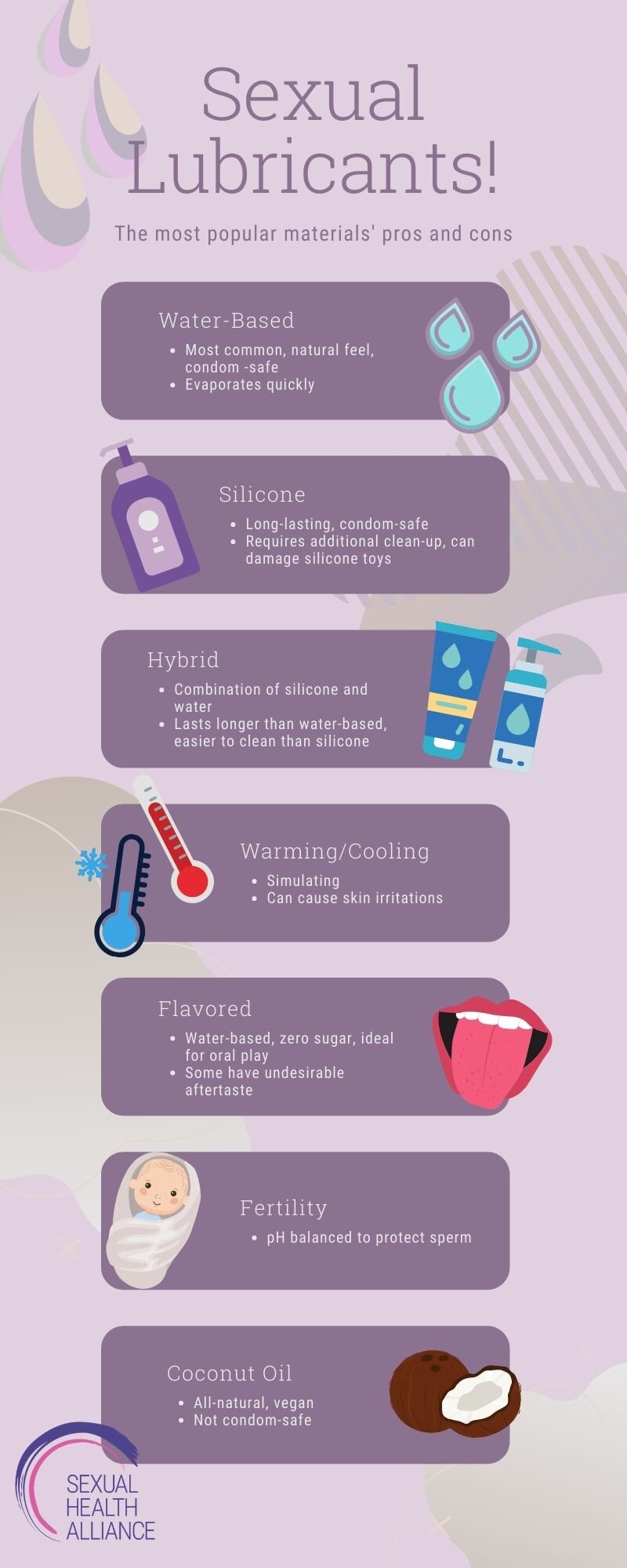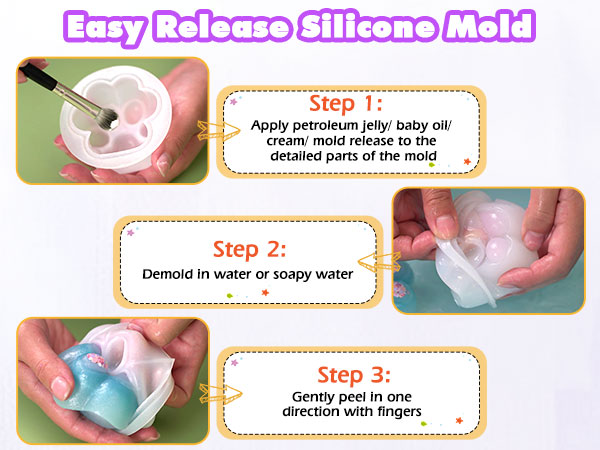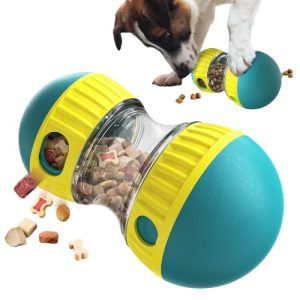If you use silicone toys, you probably want to keep them safe and in great shape. But what about the products you use with them?
You might be wondering, is petroleum jelly safe for silicone toys? Choosing the wrong lubricant or care product can damage your favorite items, costing you money and causing frustration. Keep reading to discover the truth about petroleum jelly and how it can affect your silicone toys.
This simple knowledge could save your toys and improve your experience every time.
Petroleum Jelly Basics
Understanding petroleum jelly is key to knowing if it is safe for silicone toys. This section explains what petroleum jelly is and its common uses. Clear knowledge helps make smart choices.
What Is Petroleum Jelly?
Petroleum jelly is a thick, oily substance. It comes from mineral oils and waxes. It looks smooth and feels slippery. It forms a barrier on the skin. This barrier helps lock in moisture. It is also known as petrolatum or Vaseline. Many people keep it in their medicine cabinets.
Common Uses
People use petroleum jelly for many purposes. It soothes dry, cracked skin and lips. It helps protect minor cuts and burns. It stops skin from chafing during exercise. Some use it to remove makeup gently. It also acts as a lubricant for small tasks. Its versatility makes it popular in homes worldwide.

Credit: onecondoms.com
Silicone Toy Materials
Silicone toys are popular for their soft, smooth feel and safety. Many people choose them for personal use because silicone is non-porous and easy to clean. Understanding the materials in silicone toys helps you know what is safe to use with them.
Not all silicone is the same. Different types of silicone have unique qualities. These qualities affect how the toy reacts to oils, lubricants, and other substances.
Types Of Silicone Used
Silicone toys are usually made from medical-grade or platinum-cure silicone. Medical-grade silicone is pure and safe for skin contact. It is used in many medical and personal products. Platinum-cure silicone cures with a platinum catalyst. This process makes the silicone stronger and more stable. Some toys use tin-cure silicone, but it is less common and less durable.
Properties Affecting Safety
Silicone is resistant to water and many chemicals. It does not absorb liquids easily. This makes it easy to clean and safe for use. Petroleum jelly is an oil-based product. Oil can break down silicone over time. This may cause the toy surface to become sticky or damaged. The type of silicone and its curing process affect this reaction. Stronger silicone resists oils better but still may not be fully safe with petroleum jelly.
Compatibility Issues
Using petroleum jelly on silicone toys can cause some compatibility issues. These problems affect the toy’s safety and longevity. Understanding these issues helps you care for your silicone items properly.
Chemical Reactions
Petroleum jelly is made from mineral oils and hydrocarbons. These chemicals can react with silicone material. This reaction may cause the silicone to break down over time. The surface can become sticky or tacky. This weakens the toy’s structure and makes it less safe to use.
Effects On Silicone Texture
Silicone toys have a smooth and soft texture. Petroleum jelly can change this texture. It can make the toy feel greasy or slimy. The surface may lose its original softness. This change reduces comfort and enjoyment. The altered texture can also trap dirt and bacteria. This impacts hygiene and overall safety.
Health And Safety Concerns
Health and safety are important when using petroleum jelly with silicone toys. Some risks may affect your well-being. Understanding these concerns can help you avoid problems. Protect your body by knowing what to watch for.
Potential Allergies
Petroleum jelly can cause skin reactions in some people. Allergies may show as redness, itching, or swelling. These symptoms can appear after using petroleum jelly on or near sensitive areas. Testing a small skin area before full use helps prevent bad reactions. Stop use immediately if irritation occurs. Choose products that suit your skin type.
Infection Risks
Silicone toys must stay clean to avoid infections. Petroleum jelly is thick and can trap bacteria on toy surfaces. This trapped bacteria can grow and cause infections. Cleaning toys thoroughly after use is very important. Use warm water and mild soap for washing. Avoid sharing toys to reduce infection chances. Proper hygiene keeps you safe and healthy.
Recommended Lubricants
Choosing the right lubricant is key to keeping silicone toys safe and lasting longer. Some lubricants can damage the toy’s surface. Knowing which types work best helps protect your investment. Here are safe lubricant options that pair well with silicone toys.
Water-based Options
Water-based lubricants are the safest choice for silicone toys. They do not break down the toy’s material. These lubricants are easy to clean and gentle on the skin. They provide smooth and natural-feeling glide. Water-based options do not leave stains or sticky residue. They are widely available and affordable. Perfect for sensitive skin and everyday use.
Silicone-based Alternatives
Silicone-based lubricants last longer than water-based types. They are thicker and offer more slipperiness. These lubricants are safe for most silicone toys but test first on a small area. Avoid using silicone lubricant with toys made from softer silicone. Silicone-based options resist drying out quickly. They are ideal for water play and longer sessions. Clean toys thoroughly after use to keep them in good shape.

Credit: sexualhealthalliance.com
Cleaning And Maintenance
Cleaning and maintaining silicone toys is key to keeping them safe and long-lasting. Proper care stops damage and keeps the toy in good condition. This section covers the best ways to clean and store silicone toys.
Proper Cleaning Methods
Use warm water and mild soap to clean silicone toys. Avoid harsh cleaners or anything with alcohol. Rinse the toy well to remove all soap. Pat dry with a soft towel or air dry.
Do not use petroleum jelly on silicone toys. It can break down the material and cause damage. Stick to water-based lubricants for safe use. Clean toys before and after each use to prevent germs.
Storage Tips
Store silicone toys in a cool, dry place. Keep them away from direct sunlight and heat. Use a cloth bag or a separate container to avoid dust and lint. Do not store silicone toys touching other toys. This can cause materials to stick or melt together.
Check toys regularly for signs of wear or damage. Replace any toy that looks cracked or sticky. Proper storage helps toys last longer and stay safe for use.
Expert Advice
Experts offer clear guidance about using petroleum jelly with silicone toys. Their advice helps protect your toys and ensures safe play. Understanding their tips keeps your items in good condition.
Manufacturer Guidelines
Most manufacturers say not to use petroleum jelly with silicone toys. It can break down the material and cause damage. Always read the instructions that come with your toy. Follow the recommended lubricants to avoid problems. Water-based lubricants are usually the safest choice for silicone toys.
When To Avoid Petroleum Jelly
Avoid petroleum jelly if your toy is made of silicone. It can cause the surface to become sticky or degrade over time. Petroleum jelly is thick and may trap bacteria, making cleaning harder. Use it only if the toy’s guide clearly says it is safe. Otherwise, pick a safer lubricant to keep your toy lasting longer.

Credit: www.amazon.com
Frequently Asked Questions
Is Petroleum Jelly Safe To Use On Silicone Toys?
No, petroleum jelly is not safe for silicone toys. It can degrade the silicone material, causing damage and reducing the toy’s lifespan. Use water-based or silicone-safe lubricants instead to ensure your toy remains in good condition.
What Happens If Petroleum Jelly Contacts Silicone Toys?
Petroleum jelly can break down silicone’s surface, making it sticky or soft. This damage can lead to tears or cracks, rendering the toy unusable. Avoid petroleum jelly to maintain your toy’s durability and safety.
Can Petroleum Jelly Cause Health Risks With Silicone Toys?
Yes, petroleum jelly can trap bacteria on silicone toys, increasing infection risk. It’s non-porous and hard to clean off completely. Use body-safe lubricants designed for silicone toys to ensure hygiene and safety.
What Lubricants Are Safe For Silicone Toys?
Water-based lubricants are the safest for silicone toys. They won’t degrade the material and are easy to clean. Some silicone-based lubricants may also be safe, but avoid petroleum or oil-based products for best care.
Conclusion
Petroleum jelly can damage silicone toys over time. It breaks down the material and reduces toy life. Use water-based lubricants instead for safety. Always check product labels before use. Keeping your toys clean helps them last longer. Choose the right lubricant to protect your investment.
Simple care makes a big difference. Protect your toys for safe, enjoyable use every time.




